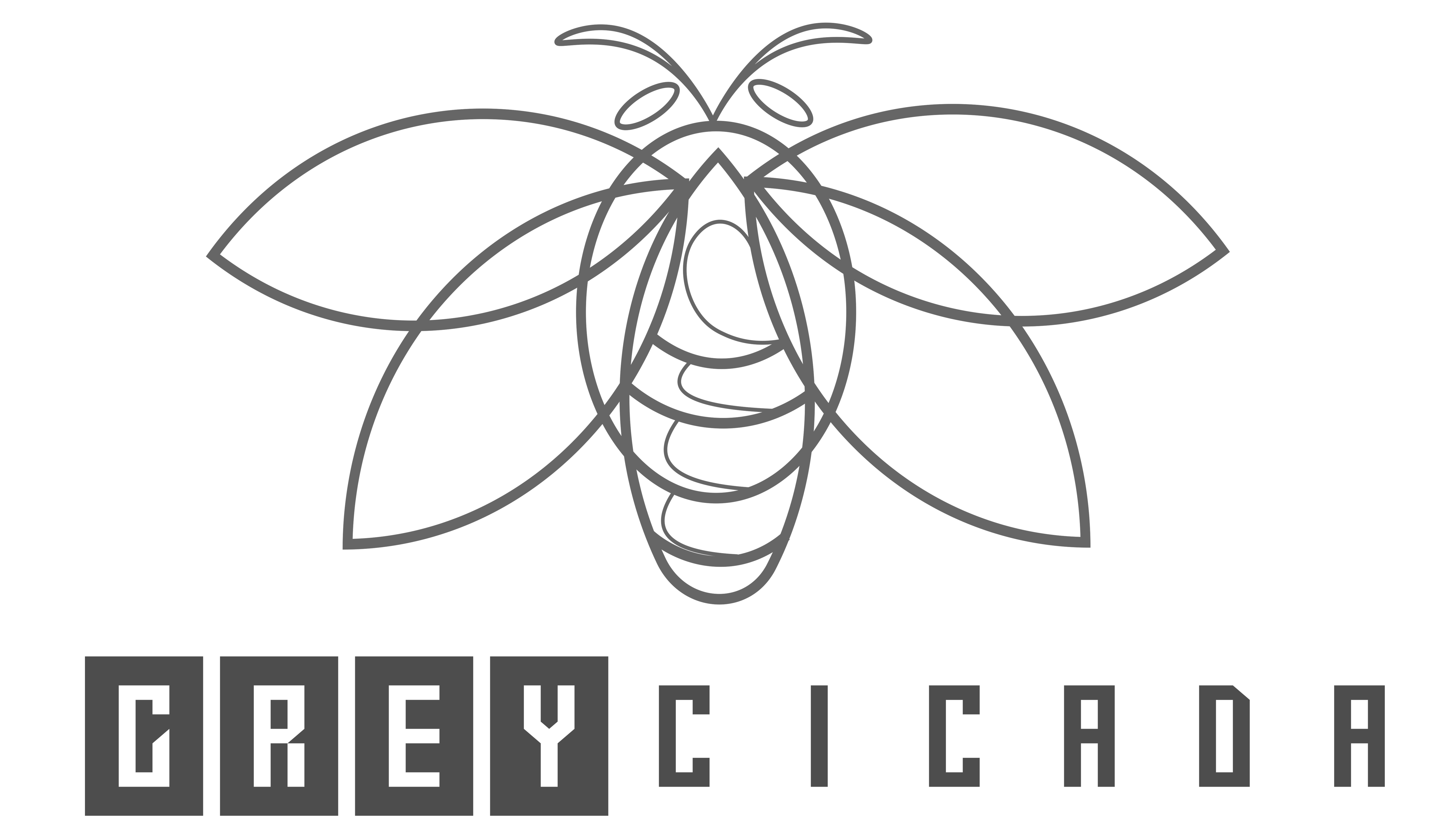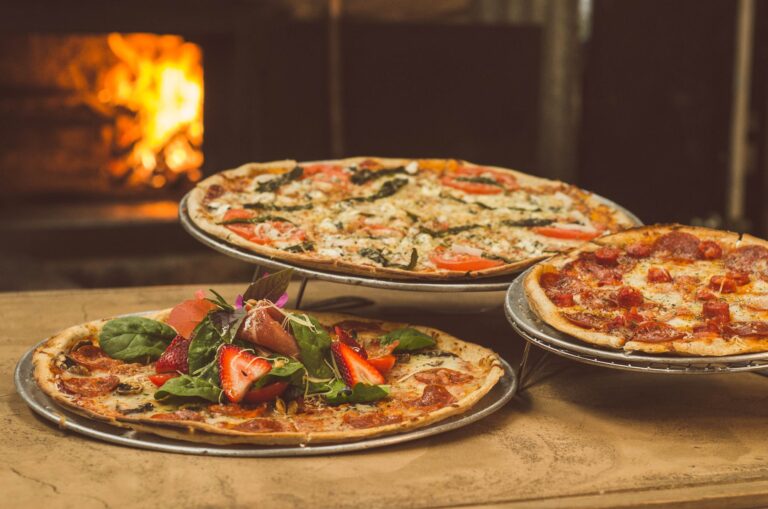FREE SHIPPING OVER $50
Heal Your Gut Fast: 6 Probiotic Superfoods to Eat—And 4 That Wreck Your Microbiome

Your gut is the engine room of your entire body, housing trillions of microorganisms collectively known as the microbiome. This inner ecosystem doesn’t just digest food; it governs everything from your immunity and nutrient absorption to your mood and energy levels. When your microbiome is thriving and balanced, you feel energized, mentally sharp, and resilient against illness. Conversely, an imbalanced gut, often referred to as dysbiosis, can lead to uncomfortable issues like bloating, gas, brain fog, and chronic inflammation.
Fortunately, you hold the power to restore harmony in your digestive tract simply by adjusting what you eat. The fastest way to heal your gut is to actively seed it with beneficial bacteria while simultaneously eliminating the foods that feed the unwanted, pathogenic microbes. Understanding which foods are true probiotic superfoods and which seemingly healthy items actually sabotage your efforts is the key to unlocking robust, long-term gut health. We’re cutting through the confusion to give you a definitive list of the best foods to eat and the worst offenders to avoid.
The Power of Probiotics: Seeding Your Inner Garden
Probiotics are live microorganisms that, when consumed in adequate amounts, confer a health benefit on the host. Think of them as the fresh troops you are sending in to help the good bacteria win the war against the bad. They are essential for bolstering the gut lining, producing beneficial compounds like short-chain fatty acids (SCFAs), and defending against harmful invaders.
However, not all fermented foods qualify as superfoods. A true probiotic superfood contains high concentrations of diverse, live, and active cultures, and often provides essential nutrients (like vitamins, minerals, and prebiotics) that enhance the bacteria’s survival and efficacy.
6 Probiotic Superfoods to Eat Daily
Prioritizing these six foods will effectively flood your digestive system with beneficial bacteria, helping you to heal and fortify your gut lining quickly.
1. Kefir (The Gut-Healing Smoothie)
Kefir, a fermented milk drink, often reigns supreme in the probiotic world. It is made by fermenting milk with “kefir grains,” which are actually a symbiotic culture of bacteria and yeasts (SCOBY). Unlike many yogurts, kefir typically contains a much wider range of bacterial strains—often 10 to 20—making it a significantly more diverse and potent source of live cultures. Additionally, the fermentation process partially digests the lactose, meaning many individuals who are lactose intolerant can consume it without issue.
Action Tip: Drink a small glass of plain, unsweetened kefir daily. Its liquid form allows the beneficial cultures to travel quickly through your system.
2. Sauerkraut (Unpasteurized Cabbage)
Forget the canned version on the grocery shelf; you need traditional, unpasteurized, refrigerated sauerkraut. This simple dish of shredded cabbage fermented by lactic acid bacteria is incredibly rich in Lactobacillus strains. The fermentation process not only produces probiotics but also significantly increases the bioavailability of vitamin C and vitamin K. Furthermore, cabbage itself provides prebiotic fiber, offering a perfect two-in-one punch: the fiber feeds the beneficial bacteria you just introduced.
Action Tip: Add a spoonful of raw, refrigerated sauerkraut to your plate as a tangy side dish. The live cultures must not be cooked, as heat destroys them.
3. Kimchi (Korean Firepower)
Kimchi, the spicy, fermented Korean side dish, is typically made from cabbage, radishes, and a host of seasonings like garlic, ginger, and chili. Like sauerkraut, its fermentation process introduces strains like Lactobacillus kimchii. The ingredients provide a complex matrix of vitamins, antioxidants, and fiber, actively supporting immune health. The variety of vegetables used also contributes to the microbial diversity in your gut, which scientists link directly to better overall health.
Action Tip: Use kimchi as a condiment for eggs, salads, or bowls. Start small—even a tablespoon provides a substantial probiotic boost.
4. Kombucha (Fermented Tea)
Kombucha is a slightly effervescent beverage made by fermenting sweetened tea using a SCOBY. It is celebrated for its potential to introduce beneficial bacteria and yeasts, as well as B vitamins and organic acids like acetic acid. These acids are crucial because they help regulate the gut’s pH, creating an environment where healthy bacteria can flourish and harmful bacteria struggle to survive.
Action Tip: Choose kombucha low in added sugar, as excessive sugar negates the health benefits. Use it as a healthier alternative to soda.
5. Tempeh (Fermented Soy Power)
Tempeh is a traditional Indonesian food made from fermented soybeans pressed into a firm, cake-like patty. The fermentation process breaks down phytic acid in the soybeans, which significantly improves nutrient absorption, particularly for minerals like zinc and iron. It is a fantastic source of plant-based protein, and because it is fermented with the mold Rhizopus oligosporus, it becomes a potent probiotic source, unlike its unfermented cousin, tofu.
Action Tip: Slice and marinate tempeh, then pan-fry or bake it. It makes an excellent meat substitute in stir-fries or on salads, offering both protein and probiotics.
6. Miso (Flavorful Soybean Paste)
Miso is a staple Japanese seasoning made by fermenting soybeans (often with rice or barley) with salt and kōji (a fungus, Aspergillus oryzae). This fermentation creates a savory, umami-rich paste rich in A. oryzae cultures. Miso soup is an excellent way to gently introduce these probiotics, along with beneficial enzymes, to your digestive system.
Action Tip: Add a tablespoon of miso paste to hot water or vegetable stock to make a simple soup. Crucially, do not boil the miso, as high heat will destroy the live cultures—add it only after the soup has been removed from the heat.
The Saboteurs: 4 Foods That Wreck Your Microbiome
While introducing superfoods is vital, healing your gut fast requires a simultaneous, strategic elimination of the biggest microbiome saboteurs. These are not just junk foods; some items are often mistakenly thought of as healthy, but they silently feed pathogenic bacteria, damage the delicate gut lining, and promote systemic inflammation.
1. Yogurt with Added Sugars
This might be the most deceptive gut wrecker on the shelf. While plain yogurt with “live and active cultures” is generally beneficial, the vast majority of commercial, fruit-flavored yogurts are loaded with added sugars—often exceeding the sugar content of a candy bar. Pathogenic yeast and bacteria thrive on sugar, causing them to multiply rapidly. When you feed your gut high doses of sugar, you are essentially fertilizing the wrong kind of garden, leading to dysbiosis, gas, and fermentation.
The Wrecking Mechanism: Excess sugar directly feeds harmful microbes, causing an imbalance that promotes gut inflammation.
2. Processed Deli Meats and Cured Products
Processed meats like hot dogs, bacon, and deli slices often contain high levels of saturated fats, sodium, and chemical additives like nitrates and nitrites. Studies show that a diet high in processed meat can alter the composition of the gut microbiome, potentially favoring bacteria strains associated with higher levels of inflammation and an increased risk of certain health issues. Furthermore, the high sodium content can irritate the gut lining.
The Wrecking Mechanism: Additives and high levels of saturated fats/salt can promote inflammatory processes in the gut and reduce microbial diversity.
3. Non-Fermented, Canned Pickles and Vegetables
Many store-bought pickles, olives, and canned vegetables are labeled as ‘pickled’ but are prepared using vinegar and heat, not natural lactic acid fermentation. This is a critical distinction. The pasteurization (heat treatment) process required for canning and shelf stability completely kills off any potential beneficial live and active probiotic cultures. You are left with the flavor of fermentation but none of the therapeutic gut benefits. They also often contain high sodium and artificial coloring.
The Wrecking Mechanism: Lacking live cultures and often containing high sodium or preservatives, these offer no probiotic benefit and can contribute to excess salt intake. Always look for the “live and active cultures” label and choose a refrigerated product.
4. Foods with Artificial Sweeteners
Artificial sweeteners like sucralose and saccharin are frequently marketed as healthy alternatives to sugar. However, accumulating research suggests these zero-calorie sweeteners may negatively alter the gut microbiome’s composition and function. Some studies indicate they can contribute to glucose intolerance by changing the way the body metabolizes sugar, a process that is entirely mediated by gut bacteria. For someone actively trying to heal their gut, these additives are simply not worth the risk.
The Wrecking Mechanism: Certain sweeteners are thought to directly interfere with the balance and metabolism of beneficial gut bacteria, leading to dysbiosis.
Fueling the Microbiome’s Foundation
Simply eating probiotics isn’t enough; you must also give them the fuel they need to thrive. This is where prebiotics enter the picture. Prebiotics are specialized fibers that resist digestion in the small intestine and reach the colon intact, where they become the favorite food source for your beneficial bacteria. This process, which creates those critical SCFAs, is what truly heals and seals the gut lining.
To ensure your new superfoods thrive, actively incorporate prebiotic-rich foods into your diet:
- Garlic and Onions: Contain fructans and inulin, potent prebiotics.
- Asparagus: A great source of inulin fiber.
- Oats: Rich in beta-glucan, a soluble fiber that slows digestion and feeds beneficial bacteria.
- Green Bananas (Slightly Unripe): Contain resistant starch, which is highly prebiotic.
Conclusion
By consistently pairing the right probiotic superfoods with their prebiotic fuel, you create an internal environment where your microbiome can restore balance, repair the gut lining, and deliver profound benefits to your entire body. The secret to healing your gut fast isn’t a restrictive diet—it’s a simple, sustainable strategy focused on addition, not just deprivation. Start today by making these powerful food swaps and feel the difference.
Related Articles
- Gastroenterologists Warn: These 15 ‘Healthy’ Foods Are Wrecking Your Gut
- Stop Mixing Chia Seeds With These 5 Foods—It Could Be Sabotaging Your Health Goals
- New Study Links These 5 Gut Issues to Alzheimer’s—What You Eat Could Be Hurting Your Brain
- Feeling Off Lately? This Hidden Gut Issue Might Be the Real Reason
- Think Drinking More Water Is Always Healthy? It Could Be Wrecking Your Digestion



